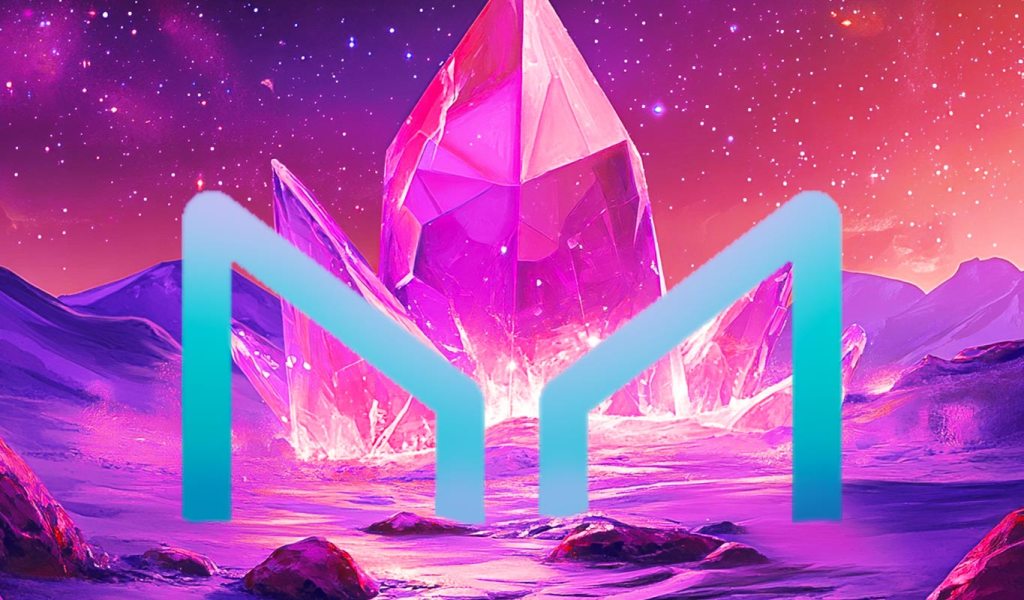
EOS EVM to allow interoperability across Ethereum, EOS

EOS Network Foundation CEO Yves La Rose said that this new development represents the firm’s commitment to building a multi-chain future.
The EOS Network Foundation (ENF) has announced the beta launch of the EOS EVM mainnet, which aims to improve interoperability between two blockchain ecosystems, Ethereum and EOS.
EOS EVM emulates the Ethereum Virtual Machine (EVM) and allows for the deployment of decentralized applications (DApps) written in Solidity, the programming language used by the vast majority of web3 developers.
Launching April 14th: The next generation of EVMs is almost here.
At 800+ swaps per second, $EOS EVM is BY FAR the most performant EVM, benchmarked at 25x faster than Avax and 3x faster than Solana.
If you’re a Solidity dev or interested in EVM’s, this thread is for you:
pic.twitter.com/McL4616nPa— Yves La Rose (@BigBeardSamurai) April 10, 2023
The ENF team said that Ethereum’s scalability issues create challenges for mass-scale DApp deployment. The launch of EOS EVM aims to bridge this gap. The team is planning to do this by combining the resources of the Ethereum community with the performance of the EOS Network offers.
Yves La Rose, the founder and CEO of the EOS Network Foundation, said that this was a very important milestone for the network and paves the way for an interoperable future. “EOS EVM is a significant milestone and represents our commitment to a multi-chain future,” La Rose explained.
La Rose also said that this allows developers to have access to lower fees and faster transactions of the EOS network offers.
Related: When levees break, liquidity flows — Analyzing Ethereum Shapella and liquidity staking derivatives
As the Ethereum network expects more adoption after the most recent Shapella upgrade, projects have been prioritizing the implementation of EVM compatibility within their networks. On April 3, Astar Network launched smart contracts that supported two virtual machines, including EVM and the WebAssembly Virtual Machine. Astar Network founder Sota Watanabe said that this would allow the creation of new multichain applications within their network.
Meanwhile, the beta version of Polygon’s zkEVM, a zero-knowledge rollup scaling solution, was released on March 27. This technology mimics the transaction execution environment of the Ethereum mainnet. According to Polygon, this will allow DApps to scale with higher performance.
Magazine: ‘Account abstraction’ supercharges Ethereum wallets: Dummies guide
Go to Source
Author: Ezra Reguerra









